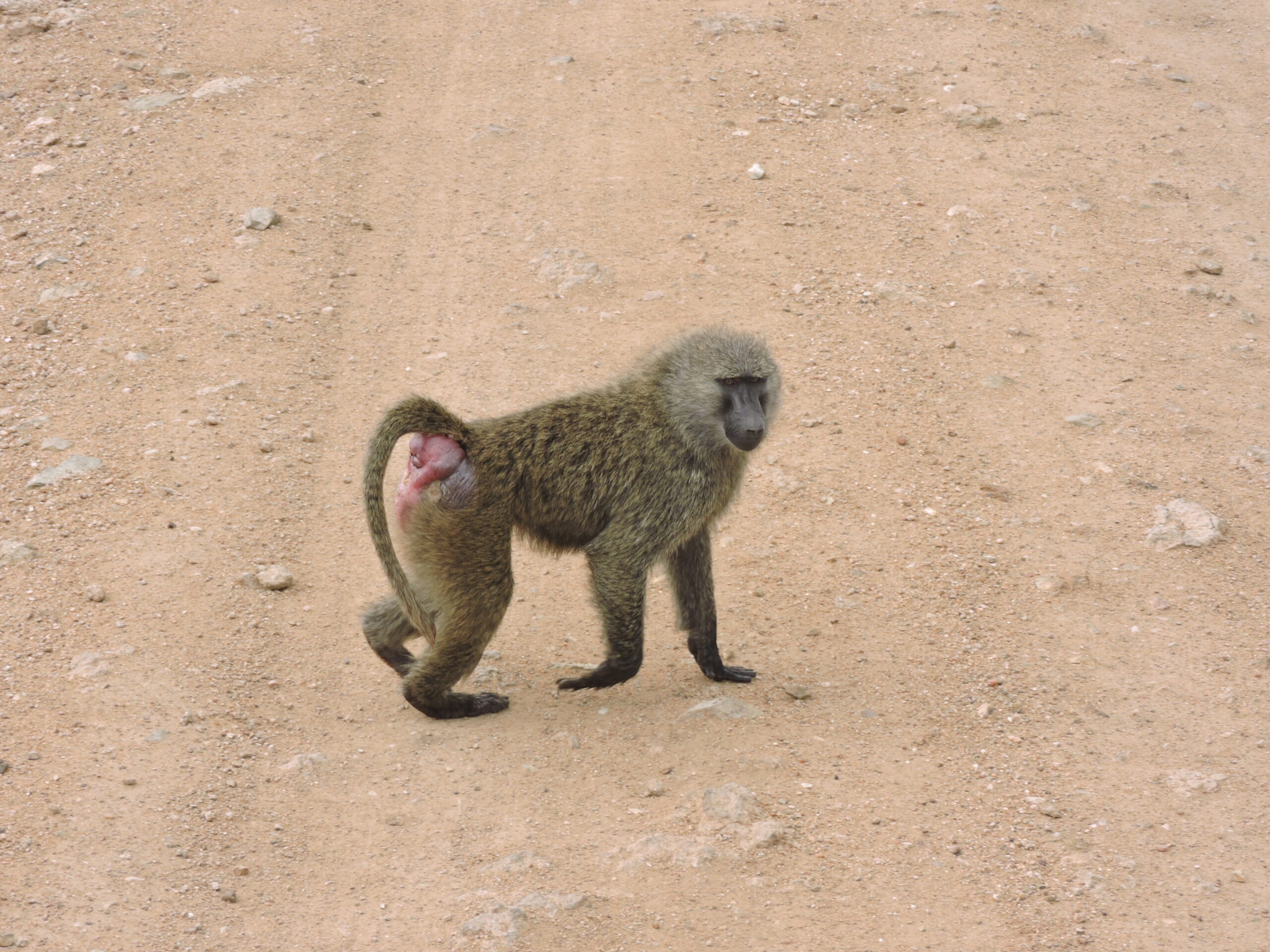+255-787-191-211 / +31 (0) 577 49 2403
[email protected] / [email protected]
Lake Natron is situated northeast of the Ngorongoro Crater. The majority of the area is controlled by the active volcano Ol Doinyo Lengai, which is situated next to Lake Natron.
The primary sources of water for Lake Natron are the Southern Ewaso Ng’iro River and mineral-rich hot springs.
Natron (sodium carbonate decahydrate) and trona (sodium sesquicarbonate dihydrate) are produced as a result of the lake’s high rate of evaporation, which is caused by the fact that it cannot drain.
The lake is one of the most deadly lakes on the planet because of its high natron concentration and excessive alkalinity. The surroundings are scary due to its proximity to a deadly body of water, yet it is also home to a variety of strange plants and creatures.
With the aid of an expert guide, travelers who enjoy pushing themselves can climb Ol Doinyo Lengai.
Ol Doinyo Lengai is a Maasai name that translates to “Mountain of God.” Because of how difficult the climb is, we advise that you have prior mountaineering expertise.
In order to avoid the sweltering heat of the day, the ascent is typically finished at night.
It is also possible to view the magnificent dawn from the summit by ascending at night.
Oldoinyo Leng’ai, the world’s only volcano that spews sodium carbonate-rich natron-carbonatite lava with exceptionally low viscosity and temperatures because it rises at 500–590 °C, is located at a roughly three thousand meter altitude above sea level. Some people have compared the lava’s movement to a torrent of mud because it resembles a highly fluid, dark “river” when it is flowing. As soon as natron-carbonatite lava is released into the atmosphere, it quickly becomes white when it comes into touch with water, giving the appearance that the volcano’s summit is covered in snow.

We are Here to help you Discover the known
Despite the fact that most creatures are killed by the lake, a distinctive ecology has grown in this harsh setting, providing great chances for nature lovers and bird watchers.
Long-legged waterfowl now have a home thanks to the formation of salt marshes and freshwater wetlands. Alcolapia latilabris and Alcolapia ndalalani are two other indigenous fish species that can be found in the lake. Alcolapia alcalica is also present in Lake Natron, however it is not an indigenous species.
The most well-known attraction at Lake Natron is the lesser flamingos. This lake gave birth to 75% of the lesser flamingos in the world. Between August and October, they congregate at the lake to deposit their eggs. The eggs hatch in November, during the wet season.
is also home to additional species including kudus, oryx, gerenuks, zebras, and ostriches that can endure in this barren and dusty environment. Adventurers who are lucky enough might even spot a golden jackal.